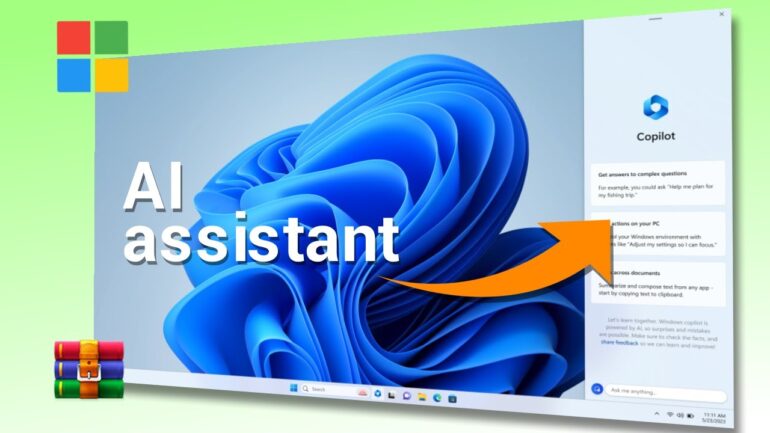TL;DR:
- Microsoft introduces generative AI to Windows and Office apps, with a staggered rollout.
- Copilot-branded AI assistants promise a unified cross-platform experience.
- CEO Satya Nadella emphasizes contextual AI’s transformative potential.
- Microsoft invests $13 billion in GPT-4 technology from OpenAI.
- Competitors like Alphabet Inc. and Salesforce Inc. are also advancing AI products.
- The Office AI app, priced at $30/user/month, empowers data-driven decision-making.
- Windows’ AI capabilities facilitate text manipulation and assistance tasks.
- Microsoft’s commitment to user experience extends to accommodating user preferences.
- Office AI tools are undergoing testing with consumers and small businesses.
Main AI News:
In the realm of technology innovation, Microsoft is poised to revolutionize user experiences with the integration of generative artificial intelligence (AI) into its flagship Windows and Office applications. Set to debut on September 26, Microsoft’s AI assistant for Windows promises to enhance productivity and efficiency, while the Office AI app will be available for widespread use starting November 1.
Microsoft’s vision, as articulated by CEO Satya Nadella during a recent event in New York, is to introduce Copilot-branded AI assistants that offer a unified and seamless experience across various operating systems, applications, and devices. Demonstrating the potential of this technology, Microsoft showcased how users can leverage Copilot to effortlessly retrieve flight bookings from text messages.
Nadella emphasized the transformative power of AI when contextualized beyond immediate interactions, stating, “We’ve seen that the most magical and empowering moments people have experienced with AI is when it’s informed with the context that extends way beyond what’s in front of them.” This necessitates the convergence and evolution of traditionally distinct categories such as search, productivity, operating systems, and devices.
Over the past year, Microsoft has embarked on a comprehensive endeavor to infuse AI capabilities into its core products, including Windows, Office, Bing search, security software, as well as customer and finance solutions. This transformation has been made possible through substantial investments in GPT-4 technology developed by OpenAI, with Microsoft’s commitment amounting to an impressive $13 billion.
Microsoft is not alone in its pursuit of AI-driven excellence. Rivals like Alphabet Inc. and Salesforce Inc. are also actively developing products designed to leverage AI technology, with the aim of streamlining and automating various tasks for their customers.
The Office product, introduced in March, has undergone rigorous testing with approximately 600 customers and is poised to become a game-changer in the business landscape. Priced at $30 per user per month, in addition to existing business customer subscriptions, this powerful tool empowers workers to harness data from the web and internal sources to perform tasks such as analyzing spreadsheets, creating compelling slide presentations, and anticipating future business challenges.
Meanwhile, Microsoft unveiled its Windows offering in May, featuring easy accessibility through a PC screen taskbar button. This opens a versatile side panel that functions as a digital assistant, capable of tasks like copying and pasting text, content rewriting, summarization, and explanations. Windows users can also engage with Copilot for inquiries, much like the Bing AI chat.
Notably, Microsoft’s commitment to enhancing user experiences extends beyond mere functionality. The company showcased how Copilot effortlessly retrieves information about nearby activities from an email, even accommodating user preferences for walking distances instead of miles. Additionally, Microsoft is actively testing Office AI tools with a select group of consumers and small businesses, underlining its dedication to refining and perfecting this innovative technology.
Conclusion:
Microsoft’s integration of generative AI into Windows and Office represents a significant leap in enhancing user productivity and efficiency. By unifying AI experiences and infusing context into interactions, Microsoft aims to redefine user engagement. This strategic move underscores the growing importance of AI in shaping the competitive landscape, prompting rivals to follow suit and ushering in a new era of intelligent technology solutions in the market.

